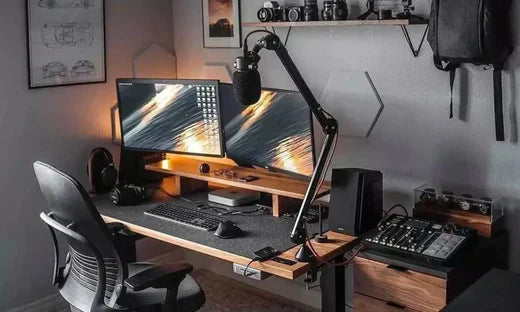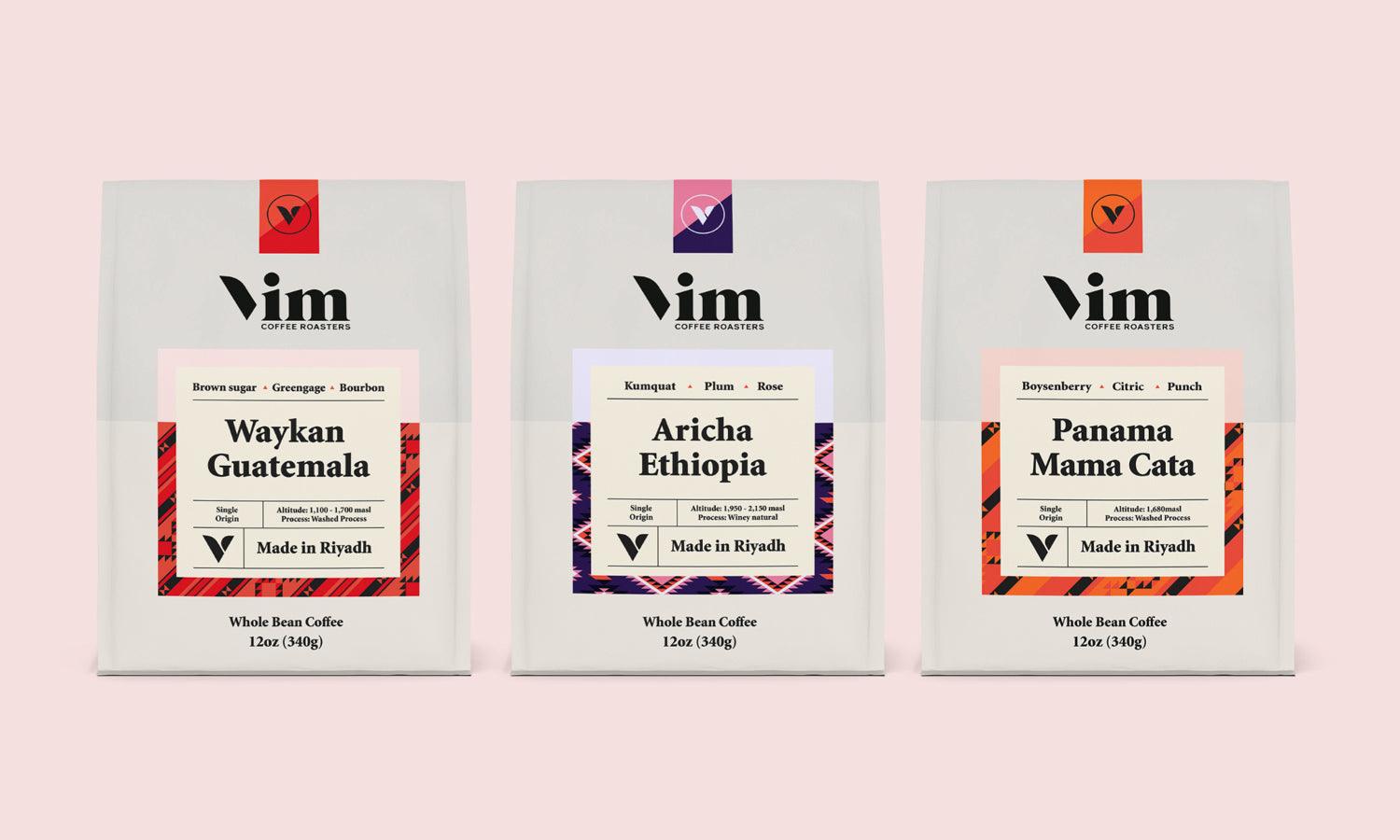Arowana Fish Available – Perfect Centerpiece for Your Aquarium!

If you're an aquarium enthusiast looking for a show-stopping centerpiece, the arowana fish might just be your dream come true. With its sleek, metallic body, graceful swimming style, and mythical reputation, the arowana is one of the most sought-after ornamental fish in the world. From its ancient roots to its status as a symbol of wealth and prosperity, the arowana is more than just a pet—it's a statement.
In this article, Arowana for Sale, Arowana fish we’ll explore why the arowana is such a prized fish, the different types available, and what you need to know before buying one. Whether you’re a seasoned aquarist or a newcomer intrigued by this fascinating creature, read on to discover why the arowana is the perfect centerpiece for your aquarium.
What Is an Arowana?
The arowana is a freshwater fish belonging to the Osteoglossidae family. Known for its long, slender body, large metallic scales, and powerful jaw, this fish is often nicknamed the “dragon fish” because of its resemblance to the mythical Chinese dragon. It is a surface-dwelling predator, typically found in slow-moving rivers and lakes in South America, Southeast Asia, and Australia.
Arowanas can grow impressively large—some species reach up to 3 feet in length—making them a striking visual in any large tank. But what truly sets them apart is their elegance and the almost hypnotic way they glide through the water.
Symbolism and Cultural Significance
In many Asian cultures, especially in China, the arowana is considered a symbol of luck, prosperity, and power. Its dragon-like appearance aligns with Feng Shui beliefs, and many believe that keeping an arowana in your home or business can attract wealth and ward off negative energy.
Due to this cultural significance, rare varieties of arowana—especially the Asian Arowana—are sometimes sold for tens of thousands of dollars. Even more affordable types still carry an aura of prestige and exotic beauty.
Types of Arowana
There are several species of arowana, each with its unique appeal. Here are some of the most popular types:
1. Asian Arowana (Scleropages formosus)
This is the most iconic and valuable arowana, native to Southeast Asia. Asian Arowana comes in various colors such as red, gold, and green. Due to its endangered status, it's protected and can only be sold legally with proper documentation.
2. Silver Arowana (Osteoglossum bicirrhosum)
Native to South America, the silver arowana is one of the most commonly kept types. It’s long, silver body and agile swimming style make it a favorite among hobbyists. It’s more affordable and widely available than its Asian cousin.
3. Black Arowana
Also from South America, the black arowana is similar in appearance to the silver arowana but features a darker coloration, especially as juveniles. As they mature, their colors can shift to a rich grey or silver tone.
4. Jardini Arowana (Scleropages jardinii)
Native to Australia, this species has a bronze or gold tint with speckled scales. While beautiful, Jardinis are known for being more aggressive and may not play well with tankmates.
5. African Arowana (Heterotis niloticus)
Less common in the aquarium trade, this species is native to Africa and has a more subtle appearance. It’s also different behaviorally, being more of a bottom feeder than a surface hunter.
Ideal Aquarium Setup
Arowanas need a lot of space. silver arowana Due to their size and swimming style, a tank of at least 250 gallons is recommended for a fully grown adult. Longer tanks are better than taller ones, as arowanas swim horizontally and need ample room to turn.
Key elements of the setup include:
- Tight-fitting Lid: Arowanas are notorious jumpers. Many owners have lost fish due to uncovered tanks.
- High-Quality Filtration: These fish produce a lot of waste and require pristine water conditions.
- Soft Substrate and Minimal Decorations: Keep the tank layout simple to prevent injury. Driftwood and smooth rocks are ideal.
- Temperature and pH: Maintain a temperature between 75°F to 82°F (24°C – 28°C) and a slightly acidic to neutral pH (6.0 – 7.5).
Creating the ideal aquarium setup ensures your Arowana has a healthy, comfortable environment where it can grow, flourish, and display its magnificent beauty.
Diet and Feeding
Arowanas are carnivorous and require a high-protein diet. In the wild, they eat insects, small fish, crustaceans, and even small amphibians. In captivity, their diet can include:
- Live or frozen shrimp
- Worms (earthworms, bloodworms)
- Pellets formulated for carnivorous fish
- Crickets or other feeder insects
- Occasional feeder fish (use caution to avoid disease)
Variety is key to ensuring they receive all the necessary nutrients. Overfeeding or feeding inappropriate foods can lead to health issues such as digestive problems and obesity.
Tankmates and Behavior
Arowanas are generally solitary and can be territorial. Keeping them with other fish is possible but requires careful selection. Avoid small fish that can be seen as food, as well as other aggressive fish that may challenge them.
Ideal tankmates include:
- Large catfish (e.g., plecos or redtail catfish)
- Bichirs
- Clown loaches
- Stingrays (for very large tanks)
Note that no combination is guaranteed to work—individual temperament plays a big role.
Challenges of Keeping Arowanas
While stunning and rewarding, arowanas aren’t beginner fish. Their size, diet, and behavior mean they require a committed owner. Some common challenges include:
- Jumping: Injuries from jumping can be fatal.
- Diseases: Arowanas are susceptible to issues like drop eye, fin rot, and parasitic infections.
- Aggression: They may become hostile toward tankmates or even their owners during feeding or cleaning.
- Legal Restrictions: In some regions, certain types (especially Asian arowanas) are restricted or banned.
By recognizing and addressing the challenges of keeping Arowanas, you can enjoy the rewards of raising one of the most captivating and majestic fish species in the aquarium world.
Buying an Arowana
When purchasing an arowana, always choose a reputable seller. Look for:
- Clear eyes and intact fins
- Active swimming behavior
- Vibrant color (depending on species)
- Clean and well-maintained tanks
Ask the seller about the fish's age, diet, and any previous health issues. For Asian arowanas, ensure you receive the proper certification.
Prices can range from $100 for a young silver arowana to thousands for rare Asian varieties. Factor in the cost of a proper tank, equipment, and food as part of the long-term investment.
Final Thoughts
The arowana is more than just an aquarium fish—it’s a living piece of art, a symbol of prosperity, and a true showpiece for any aquatic setup. While they demand care and commitment, the reward is a fish that captivates everyone who sees it. With the right environment and responsible care, your arowana can live a healthy life for 10 to 15 years or more.
If you’re ready to make a bold statement and elevate your aquarium to a new level, now is the time. Arowana fish are available—don’t miss your chance to bring home the perfect centerpiece!










